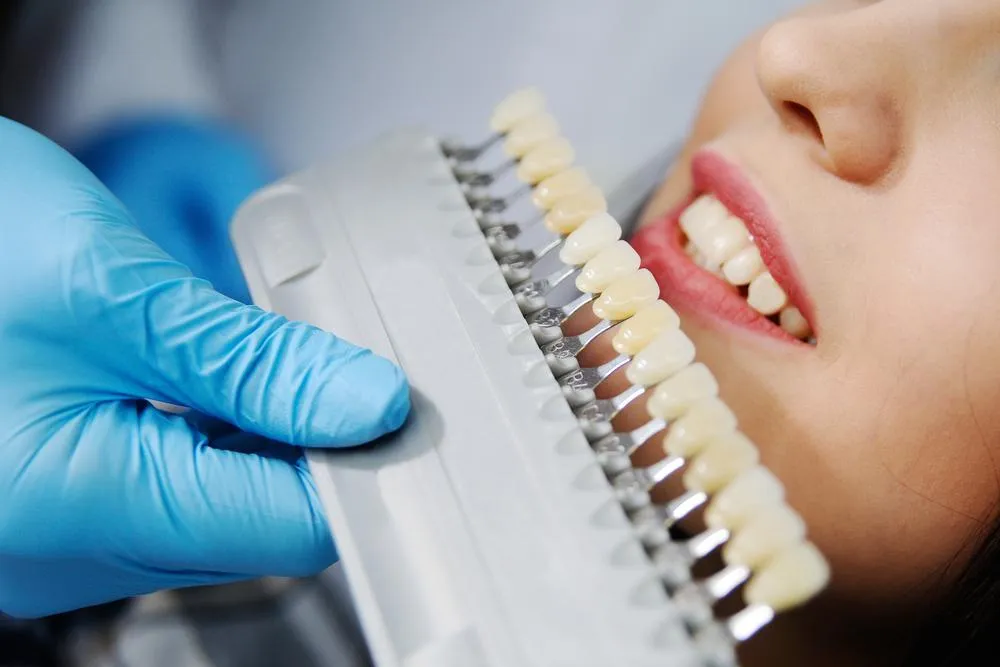Dental crowns are a common solution in restorative dentistry, helping to protect and strengthen damaged teeth. Whether you’ve recently had a crown placed or are thinking about getting the procedure, understanding how to maintain them benefits their longevity. This guide will walk you through the basics of dental crowns, the placement process, and how to care for them effectively.
What Are Dental Crowns?
Dental crowns are custom-designed caps that fit over a tooth to restore shape, size, and function. They are often recommended for teeth that are cracked, decayed, or weakened, providing both protection and structural support. Crowns are made from porcelain, ceramic, metal alloys, or a combination.
Porcelain and ceramic crowns are popular choices because they closely match the natural color of teeth, offering a seamless appearance. Depending on the need, your dentist will recommend a material that best suits your situation. Beyond their protective role, crowns can also improve the aesthetics of your smile by covering discolored or misshapen teeth. Their versatility makes them a preferred choice for many dental professionals.
What is the Crown Placement Process?
Getting a dental crown typically involves multiple steps designed to provide a comfortable fit and optimal function.
- Tooth Preparation:
- The dentist examines the tooth and removes decay or damaged portions.
- The tooth is shaped to create space for the crown.
- If the tooth is severely damaged, a filling material may be used to build up its structure before shaping.
- Taking Impressions:
- Impressions are taken to make sure the crown fit precisely.
- Many dental practices now use digital scanners for more accurate and efficient impressions.
- Temporary Crown:
- A temporary crown protects the tooth while the permanent crown is fabricated.
- This allows you to maintain standard functionality and appearance during the waiting period.
- Final Placement:
- The temporary crown is removed, and the permanent crown is fitted.
- Final adjustments are made for a perfect fit, and the crown is securely cemented.
- The crown blends with your natural teeth, restoring functionality and appearance.
How Do You Care for Your Crowns?
Proper care helps maintain the longevity of your crowns and overall dental health. Start by maintaining your oral hygiene, brushing twice a day, and flossing daily to clean around the crown. While crowns themselves don’t decay, the tooth beneath them can be affected by plaque. Using fluoride toothpaste can help protect your teeth and the edges of the crown.
Pay attention to your diet as well. Avoid hard foods like ice and candies that can crack or damage the crown, and steer clear of sticky foods like caramel or gum, which can dislodge the crown or strain it. Softer, non-sticky foods are a better choice. Regular dental check-ups allow your dentist to monitor the crown and the surrounding teeth and gums. Professional cleanings can get rid of buildup that brushing might miss. If you experience discomfort, sensitivity, or notice changes in how the crown fits, contact your dentist. Addressing small issues early can stop them from becoming bigger problems.
Protect Your Smile
Caring for dental crowns doesn’t have to feel complicated. By maintaining good oral hygiene, being mindful of what you eat, and staying proactive with dental visits, you can extend the life of your crowns and keep your smile healthy. For personalized advice or assistance, schedule an appointment with a dentist.
